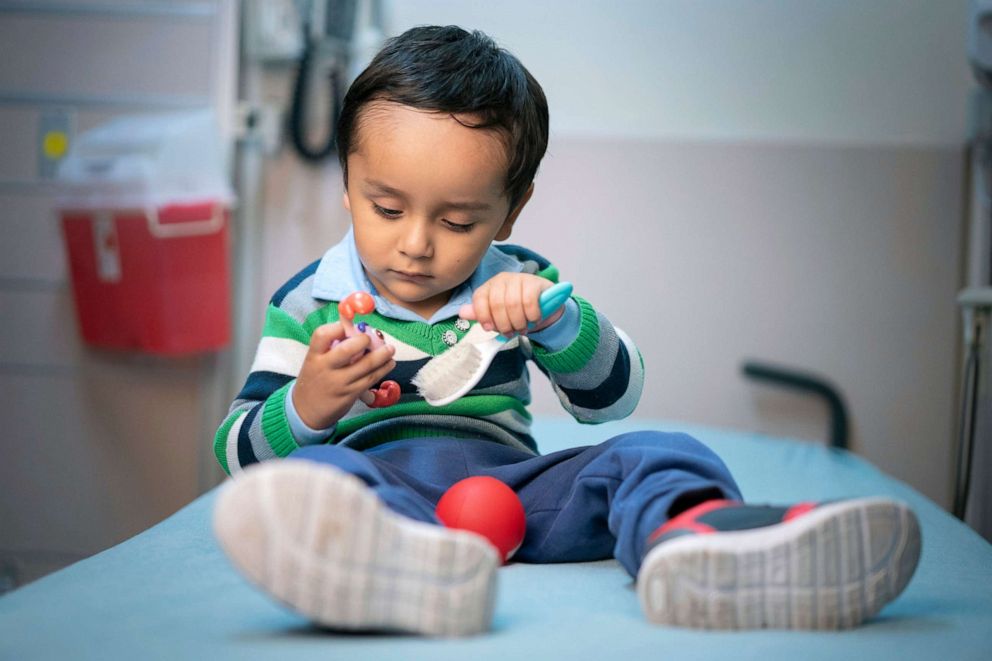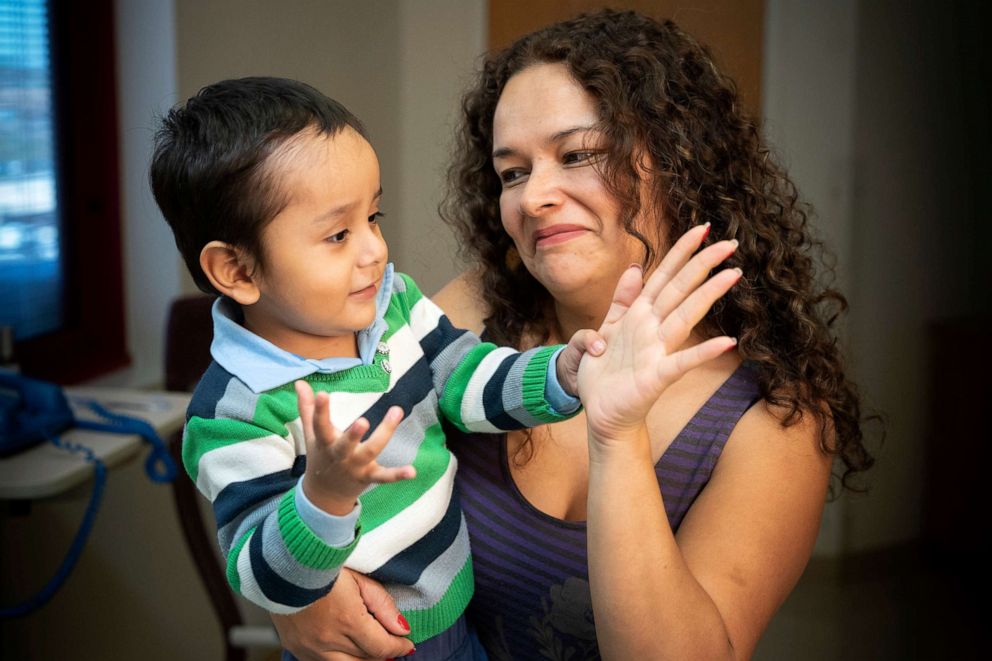“Cure” is an elusive word, but it’s exactly what researchers at St. Jude Children’s Research Hospital are calling their treatment for the most common form of severe combined immunodeficiency (SCID), a group of rare immune diseases that you might know better as “bubble boy” disease.
This form of the disease, SCID-X1, first made headlines in the 1970s and 80s with David Vetter — the original “bubble boy” — who spent 12 years in strict isolation to protect himself from infections. His story inspired several films about the disease, including the 1976 film “The Boy in the Plastic Bubble” starring John Travolta.
The disease, which is caused by genetic mutations, is characterized by a lack of immune function, which makes it easy to develop life-threatening infections. The rare disease is estimated to affect only one in 50,000 to 100,000 newborns, many of whom are expected to die from infections early on.
“Because infants with this disorder have no functioning immune system, without treatment, a diagnosis of SCID is a true death sentence,” said Dr. Ewelina Mamcarz of the Department of Bone Marrow Transplantation and Cellular Therapy at St. Jude’s during a press conference. “A simple infection like the common cold could be fatal. If left untreated, patients rarely live past their second birthday.”

Mamcarz and her team, however, recently discovered a technique that could save these children. They published the results in the New England Journal of Medicine.
For years, stem-cell transplantation from a matched sibling was a patient’s best hope for survival, Mamcarz said.
“[But] more than 80% of patients lack such donors,” she said. “They must rely on stem cells from other donors. This process is less likely to cure SCID, and more likely to lead to serious treatment-related side effects.”
With this in mind, the researchers at St. Jude turned to gene therapy — an experimental technique whereby a reengineered virus is used as a vehicle “to introduce a normal copy of the mutated gene into patients’ blood stem cells,” said Dr. Steven Gottschalk, a co-author of the study from the same department at St. Jude as Mamcarz.
The trial involved harvesting blood stem cells from the bone marrow of eight infants newly diagnosed with SCID-X1. Then, with the help of an inactivated lentivirus, they inserted a healthy copy of the mutated gene into the stem cells and reimplanted them into the infants. Prior to reimplantation, the infants were given low-dose chemotherapy to “make space in the bone marrow for the gene-corrected cells,” Mamcarz said.

“This approach has shown outstanding results,” James Downing, the president and CEO of St. Jude, said during the conference. “The treatment has fully restored the immune system, which wasn’t possible before, and has no immediate side effects. These infants are able to respond to vaccination and are [living] normal and healthy lives.”
Whereas prior attempts to use gene therapy unintentionally resulted in leukemia, the researchers reported that none of the patients have shown even the earliest signs of the blood cancer. Gottschalk said it was because the lentivirus was designed “with insulators” to prevent the activation of any genes that could cause cancer.
In the wake of their success, Mamcarz said the team is hopeful that their experimental treatment will be applied to other genetic diseases, such as the blood disorder sickle cell disease.
Joshua Rosenblatt is an internal medicine resident at Thomas Jefferson University Hospital in Philadelphia and a contributor to the ABC News Medical Unit.
Source: Read Full Article






